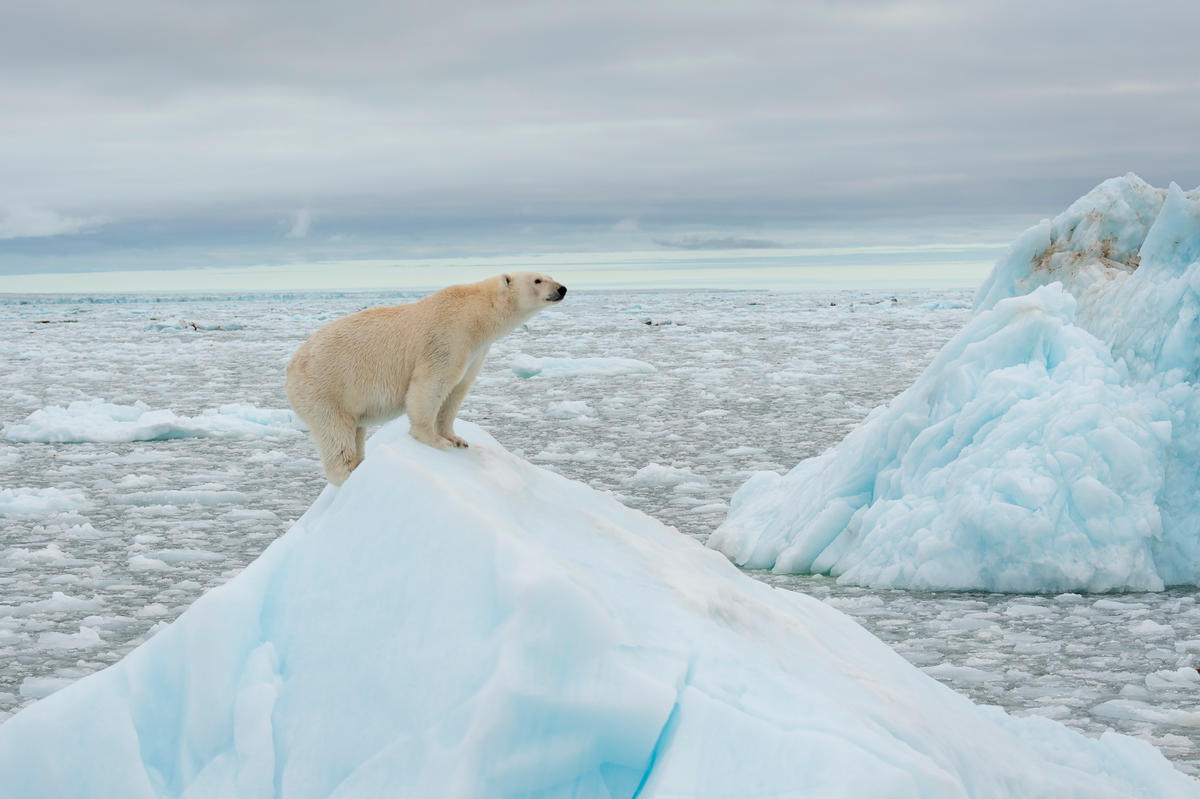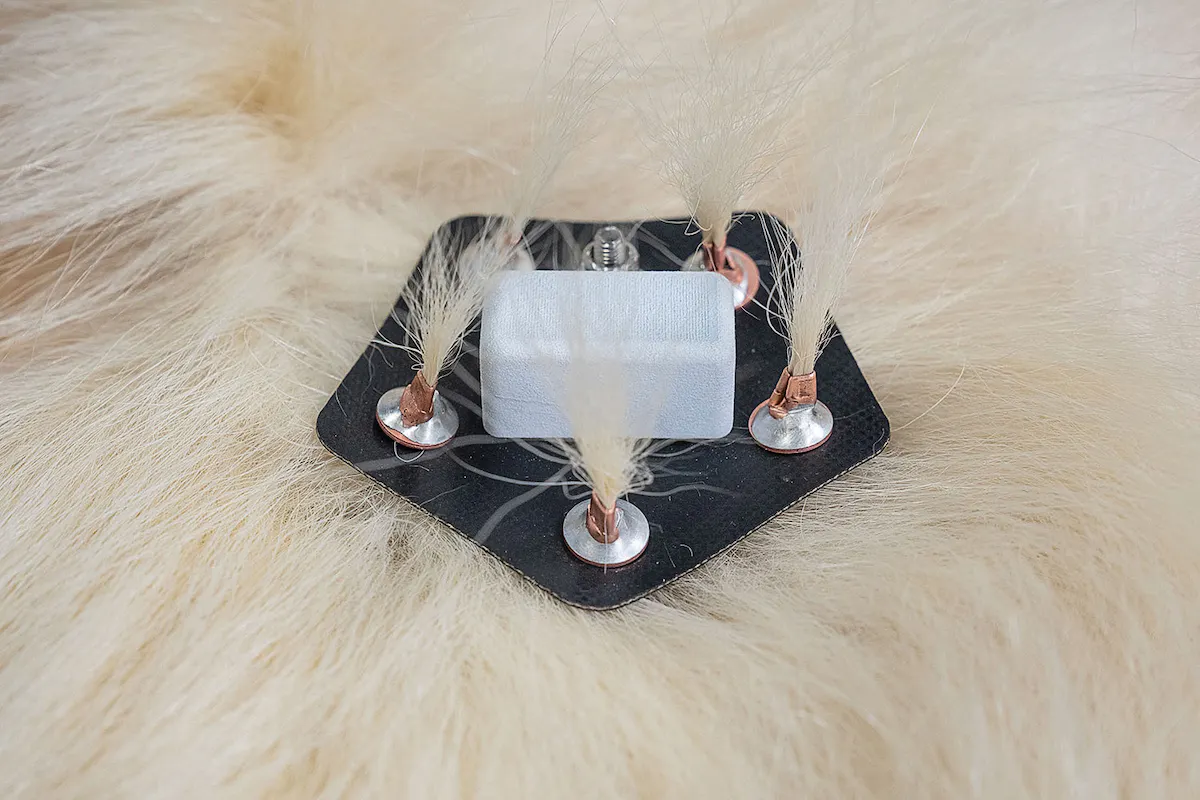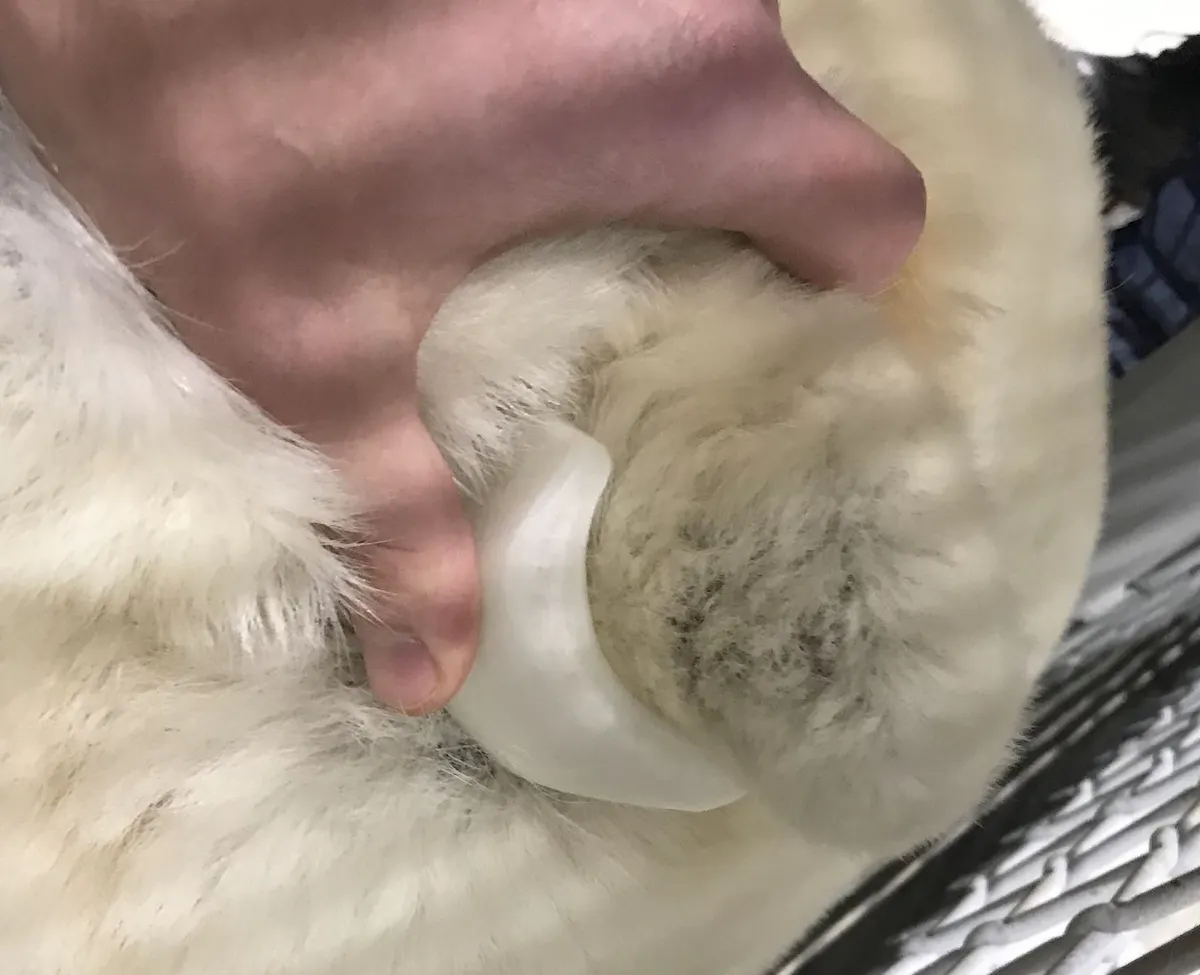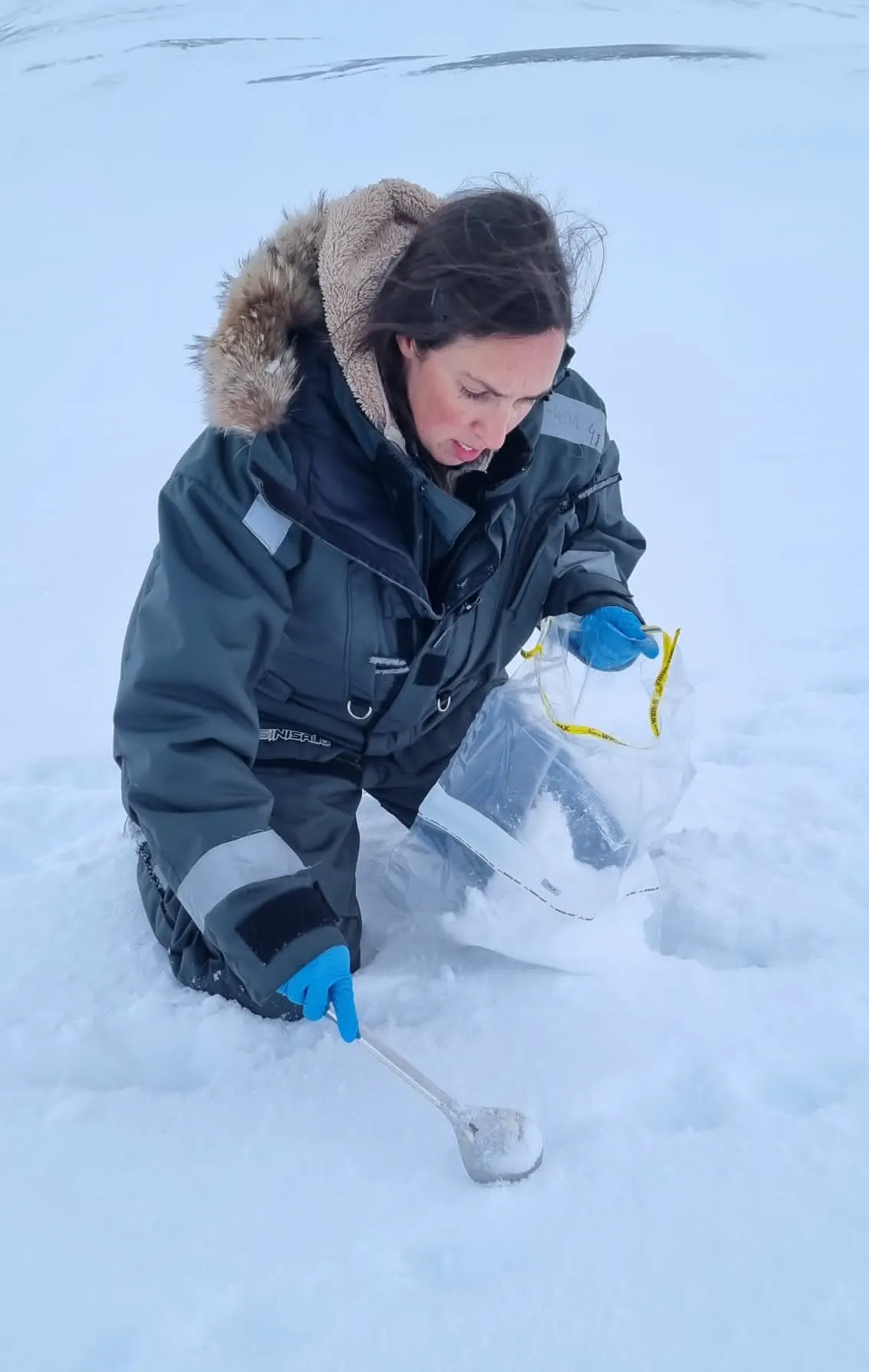Tech tools in the polar bear conservation toolbox
Monitoring polar bears and their Arctic habitats is critical in our quest to understand how they are responding to climate change—especially diminishing sea ice. When the Agreement on the Conservation of Polar Bears was reached 50 years ago, researchers had few options at their disposal for monitoring polar bears.
But thanks to technology, that’s not the case anymore.

Several new tools have emerged in recent years that could provide scientists with new ways to track and monitor polar bears so we can better understand how they are faring. We look at three innovations that are providing new ways to collect the information needed to manage and conserve these Arctic animals.
These innovations also aim to address recent concerns on the part of Arctic Indigenous communities that some research methods can disturb polar bears.
1. Taking Inspiration from Nature
Anyone who owns a dog knows just how sticky—and persistent—burrs can be. But researchers at Polar Bears International, Toronto’s York University and 3M have used burrs as inspiration for a new method to track polar bears.

The “burr on fur” device temporarily attaches to the bears’ fur and carries basic GPS tags that transmit tracking information to researchers. The device is non-toxic and designed to fall off seven months to a year after being attached.
The researchers have developed several prototypes. One is shaped like a pentagon and pulls the bear’s fur through copper tubes, which researchers crimp to hold the fur in place. Another is a metal triangle with strong brushes resembling pipe cleaners on each side that get caught in the bear’s fur.
But for the burr on fur method to succeed, the device must be able to withstand harsh Arctic conditions, including extreme cold, saltwater and snow—and that’s a challenge the researchers are still working on. They’ve tested the prototypes’ performances in zoos and aquariums as well as on wild polar bears in western Hudson Bay in the Canadian Arctic. They plan to use the data they gather to make design adjustments.
2. Developing a Better Ear Tag
Two key challenges with using ear tags to monitor polar bears are that the antennae can ice up or break, and the tags need to reliably drop off after a set amount of time. In 2018, WWF–US teamed up with the US Fish and Wildlife Service and a Canadian engineering company named MistyWest to develop an ear tag that could overcome these issues. (A US-based design company named IDEO was also initially part of the project.)

Together, they have created an ear tag prototype with a completely internal antenna and an attachment mechanism that is guaranteed to drop off after the tag’s use period. To develop a tag small and light enough to sit on a polar bear’s ear, the group took moulds of bears’ ears. Although the group had set out to develop a waterproof enclosure for the tag that could withstand the Arctic’s harsh conditions, it has not succeeded yet.
The internal antenna design and associated open-source files are now offered on GitHub to allow other developers to advance and refine this innovative technology. WWF plans to collaborate with manufacturers and other innovators to incorporate this antenna technology into ear tags that can be used on polar bears and other species.
3. Using eDNA to Monitor Bears
Every living organism sheds cells into the environment, leaving behind traces of its DNA. You can think of these traces as a “genetic fingerprint.” For nearly a decade, WWF has been working on a project to retrieve environmental DNA (eDNA) from polar bear footprints in the snow to support conservation efforts. In 2018, WWF teamed up with MIX Research to try to retrieve DNA from the nuclei of cells. The DNA contains the unique “genetic fingerprint” of every polar bear.

The team scraped snow from polar bear tracks in Alaska and sent the samples back to MIX’s lab in Sweden. There, for the first time, they successfully isolated and sequenced trace amounts of eDNA from the cells’ nuclei. From 13 sets of polar bear tracks, they sequenced enough eDNA to identify 12 individual bears (the 13th sample turned out to be from a bear whose tracks were collected on two separate days).
Unlike conventional research methods, which require more contact with polar bears, collecting eDNA from snow samples allows researchers to obtain crucial data without disturbing or even needing to see the bears. With some training, non-scientists can also collect footprints, which means that Indigenous and local community members, volunteers, hunters and trackers can help monitor and manage polar bears. Collecting footprints can also complement existing monitoring efforts and enable researchers to study polar bear subpopulations that we currently know less about.
In addition, this new method can shed light on movement and genetic exchange between areas, mating systems, behaviours and bears’ ability to adapt to climate change—information that is essential for polar bear management and conservation.
The team has also used the method successfully on lynx and snow leopards, and hopes it can be used to monitor other species that leave footprints in the snow, expanding our knowledge of diverse ecosystems.
This article originally appeared in WWF Arctic’s quarterly magazine, The Circle

